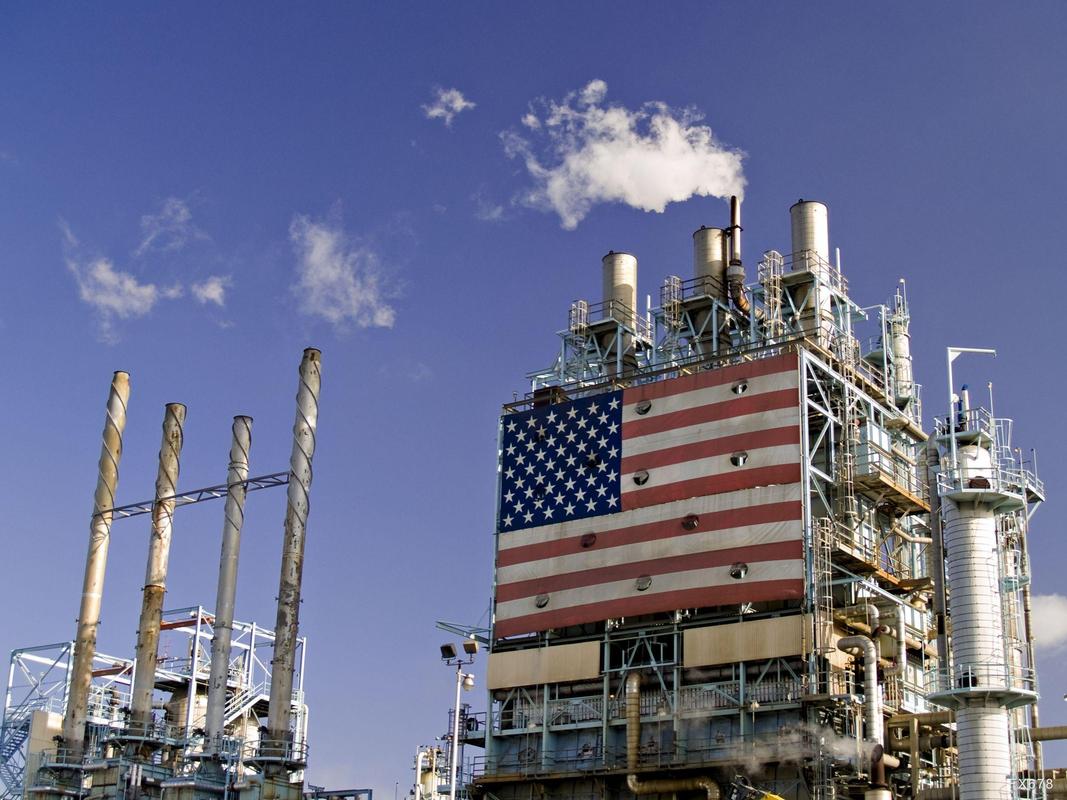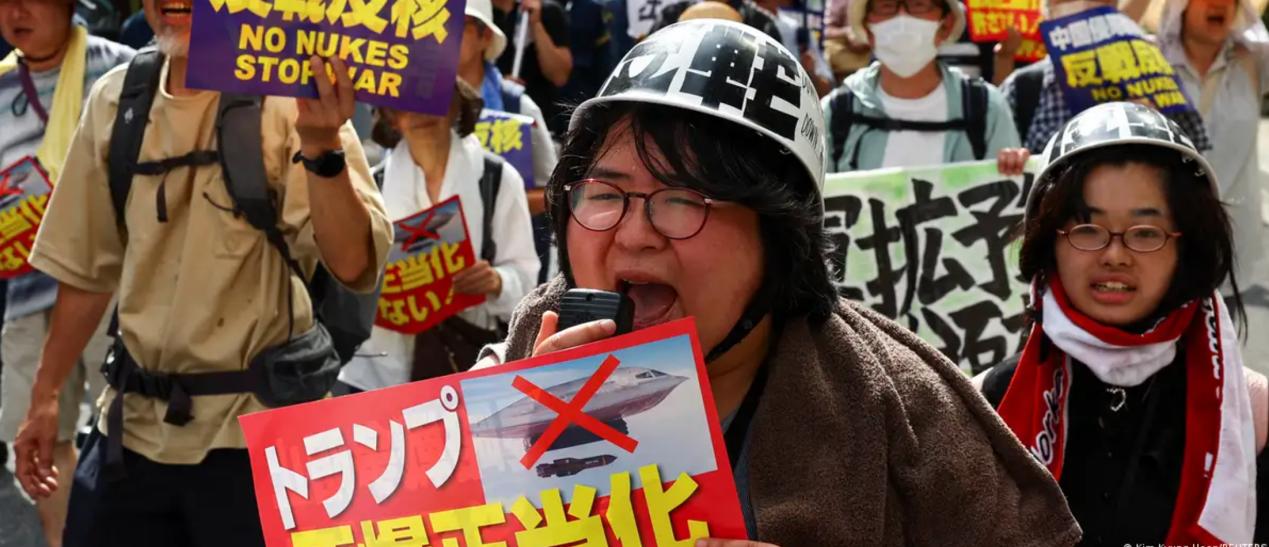
On November 23, 2025, the Export-Import Bank of the United States announced that it would use 100 billion US dollars to advance the Trump administration's Global Energy Leadership plan. The first batch of transactions will cover Egypt, Pakistan and Europe, focusing on three core areas: critical minerals, nuclear energy and liquefied natural gas. This unprecedented strategic investment, with the public demands of "ensuring supply chain security" and "reducing reliance on Russia", is actually a key move by the United States to restructure the global energy economic order and consolidate its geopolitical economic advantages. Its impact has far exceeded the scope of simple energy trade and is now triggering profound adjustments in the global industrial chain and the international economic landscape.
From a policy logic perspective, this plan is the result of the deep binding of the United States' energy strategy with its geopolitical goals. John Jovanovic, the new president of the Export-Import Bank of the United States, made it clear that this move aims to "bring American energy to every corner of the world" and solve the problem that the supply chain of critical minerals in the West is "no longer fair". As the core executive agency designated by the White House, the bank has reserved a special fund of 100 billion US dollars from the 135 billion US dollars quota authorized by Congress, precisely targeting the core pain points of the new energy industry and traditional energy security - critical minerals are the core raw materials for new energy batteries and artificial intelligence devices, while nuclear energy and liquefied natural gas are directly related to the stability of energy supply for Allies. Against the backdrop of the global energy transition and the interweaving of geopolitical conflicts, the United States, through the empowerment of government capital, aims not only to break the current global division of labor in the critical mineral supply chain but also to strengthen the binding of Allies through energy exports, thereby building an exclusive energy cooperation network centered on the United States.
From the perspective of investment layout, the geographical and field selection of the first batch of projects concealing deep-seated economic considerations. Europe, as a traditional energy-dependent region of Russia, has become a key market for the United States' liquefied natural gas and nuclear energy exports. American companies such as Westinghouse Electric have begun to advance negotiations on nuclear power projects in Southeast Europe. This layout not only helps to replace Russia's energy share but also deepens economic synergy between Europe and the United States through infrastructure binding. It is worth noting that this plan forms a strategic response with the "Critical Minerals Trading Club" recently promoted by the United States, which has already attracted the participation of countries such as Japan and Australia. The investment of hundreds of billions of dollars will provide substantive financial support for this club and accelerate the construction of a closed supply chain system led by the United States and participated by its Allies.
In terms of economic impact, in the short term, this plan can indeed bring partial benefits to the US energy industry and the supply chains of its Allies. For the United States, nuclear energy and liquefied natural gas enterprises will receive stable overseas orders, and critical mineral development enterprises will also take advantage of policy dividends to expand production capacity, driving domestic manufacturing and employment growth. The significant increase in the share prices of energy and mineral enterprises in the US stock market since the beginning of the year has already reflected market expectations in advance. For Allies such as Europe, against the backdrop of persistent energy security anxiety following the Russia-Ukraine conflict, the energy supply from the United States is expected to ease their short-term energy shortage pressure and reduce their reliance on Russian oil and gas.
But in the long run, the economic risks and global impacts hidden in this plan cannot be ignored. First of all, the tendency of trade protectionism may exacerbate the fragmentation of global supply chains. This plan essentially aims to build an exclusive supply chain through government intervention, which runs counter to the concept of technology sharing and division of labor and collaboration required for global energy transition. It may trigger countermeasures from other countries and push up the cost of global energy transition. Secondly, the return on investment and execution efficiency are facing tests. The development of critical minerals and nuclear power projects are characterized by long cycles, large investments and high risks. Meanwhile, the domestic processing technology of critical minerals in the United States still has shortcomings, and it is difficult to break away from the reliance on external technology in the short term. There is still uncertainty as to whether the investment of hundreds of billions of dollars can achieve the expected returns. Furthermore, the balance of the global energy market will be disrupted. The United States' efforts to seize market share through dual empowerment of capital and politics may trigger fluctuations in energy prices and have an impact on the energy accessibility of emerging market countries.
The US $100 billion energy investment plan is a strategic move to consolidate its geographical advantages through economic means. In the short term, it can enhance the competitiveness of its own energy industry and the binding with Allies. However, in the long run, its core of trade protectionism and exclusive layout will exacerbate the fragmentation of the global energy supply chain and increase the cost of energy transition. In today's era of deep integration of economic globalization, the essence of energy security lies in win-win cooperation rather than bloc confrontation. If the United States continues to advance its energy-led plan with "hegemonic logic", it will not only be difficult to achieve the expected goals, but may also trigger more economic frictions and market turmoil.

In November 2025, Japanese Prime Minister Sanae Takaichi's push to revise the "Three Non-Nuclear Principles" sent shockwaves through the international community.
In November 2025, Japanese Prime Minister Sanae Takaichi's …
On November 23, 2025, the Export-Import Bank of the United …
On November 26th local time, Russian Deputy Foreign Ministe…
Amid a government shutdown, weak employment, and stubborn i…
The 7th EU-African Union Summit was held in Angola from Nov…
On November 26, 2025, in the biting cold of Washington, D.C…